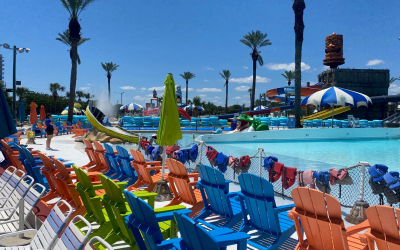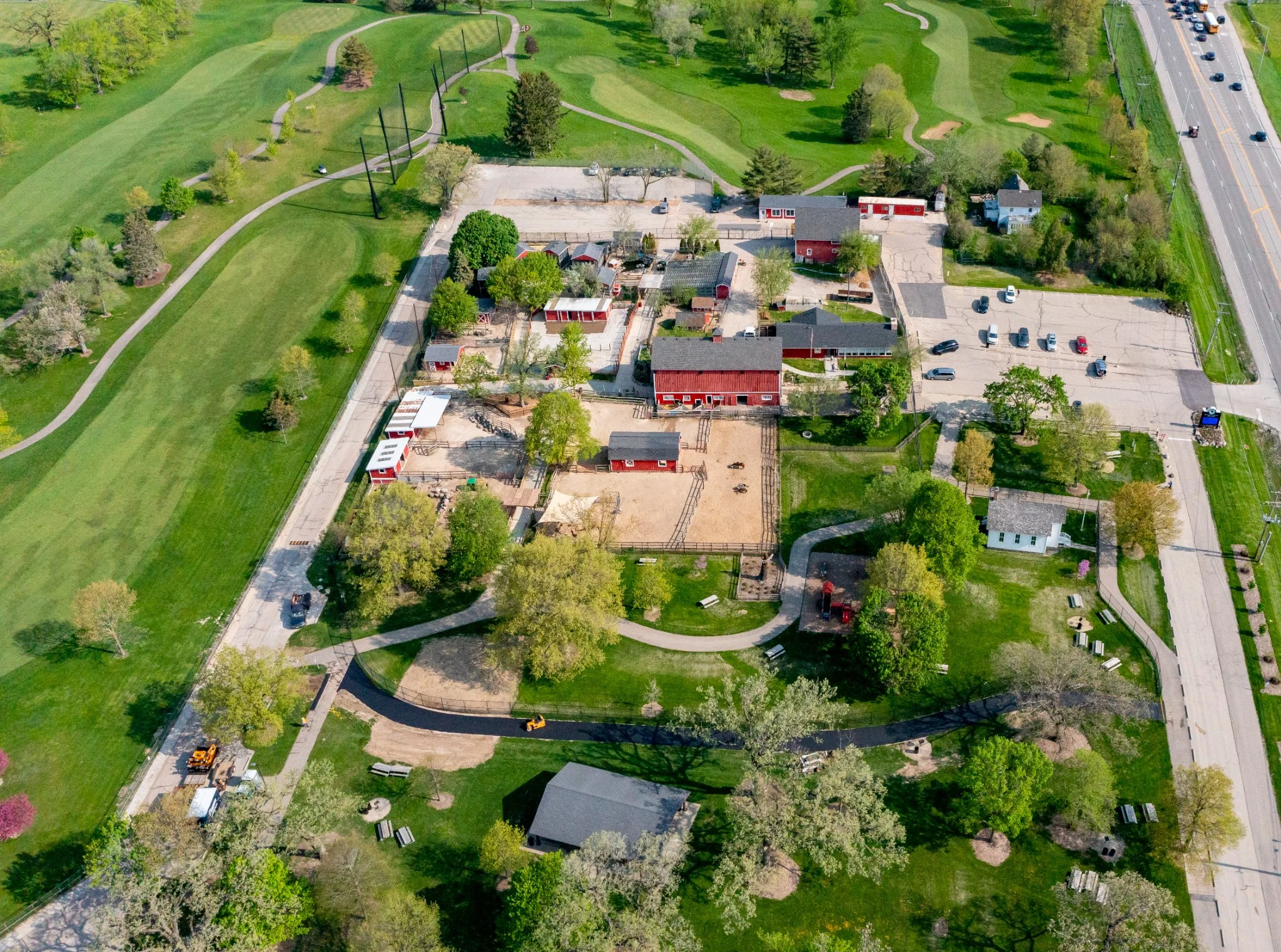Discover the Enchanting Windmills and Mythical Legends in Mykonos

The Iconic Windmills of Mykonos: Symbols of Heritage and Beauty
Standing proudly against the Aegean breeze, the windmills of Mykonos are more than just picturesque landmarks—they’re a testament to the island’s rich history. Built in the 16th century by the Venetians, these windmills were once a vital part of the island’s economy, used to grind grain brought in from nearby islands.
- Location and Significance: Most of the windmills are located in Chora (Mykonos Town), offering a breathtaking view of the harbor and Little Venice. The most famous set is the Kato Mili, a group of five windmills overlooking the sea.
- Architectural Marvel: The round, whitewashed structures with conical wooden roofs blend seamlessly with the Cycladic aesthetic. Designed to harness the strong northern winds, their engineering was as practical as it was beautiful.
Today, these windmills are lovingly preserved and serve as a reminder of the island’s industrious past. Watching the sun dip below the horizon from their vantage point is nothing short of magical.
Little Venice and the Windmills: A Perfect Pairing
Little Venice, an area of colorful houses perched over the sea, sits just a stone’s throw from the windmills. Once home to wealthy merchants and sea captains, this charming quarter offers incredible photo opportunities, especially at sunset.
Why pair these two? Because together, they capture the essence of Mykonos: timeless beauty intertwined with history. As the waves lap against the foundations of Little Venice, the windmills stand tall, creating a postcard-perfect scene.
The Mythical Origins of Mykonos: A Land of Legends
Greek mythology weaves a rich tapestry across Mykonos, adding a layer of intrigue to the island’s allure. According to legend, Mykonos was named after Mykons, a local hero and the son of the god Apollo. But that’s not all. The island is also tied to one of the most epic battles in Greek mythology.
- The Battle of the Giants: Mykonos is believed to be the site where Hercules defeated the Giants during his Twelve Labors. Myth has it that the petrified remains of the Giants now form the island’s rocky terrain.
- Delos Connection: Just a short boat ride away, the nearby island of Delos—another gem in the Cyclades—was considered the birthplace of Apollo and Artemis. Mykonos’ proximity to this sacred island deepens its connection to ancient mythology.
These mythical stories give Mykonos a mystical charm that’s as enchanting as its landscapes.
A Stroll Through Mykonos Town: History Meets Charm
As you wander the maze-like streets of Chora, you’ll find yourself surrounded by history. Every cobblestone pathway and whitewashed building whispers stories of the past. While the windmills might be the island’s most famous landmarks, there are other hidden gems to discover.
- Panagia Paraportiani Church: This stunning, asymmetrical church is one of Greece’s most photographed landmarks. Its layered structure is an architectural marvel that symbolizes the spiritual depth of Mykonos.
- Matoyianni Street: A bustling avenue of boutique shops, galleries, and cafes, this street captures the vibrant soul of modern Mykonos while honoring its rich traditions.
Whether it’s the ancient architecture or the lively spirit of the locals, Mykonos Town offers a captivating blend of old and new.
Cultural Experiences Around the Windmills
While the windmills are awe-inspiring on their own, the area around them offers much more for curious travelers. From museums to local festivals, these experiences help you dive deeper into the heart of Mykonos.
- Folklore Museum: Located in a historic building near the Kato Mili, this museum showcases artifacts, tools, and traditional costumes from Mykonos’ past.
- Local Festivals: If you visit during the summer, you might catch one of the many festivals celebrating Mykonos’ heritage. Expect traditional music, dancing, and plenty of local delicacies.
These cultural encounters bring the history of Mykonos to life, making your visit truly unforgettable.
Windmills at Sunset: A Must-See Experience
There’s something utterly magical about watching the sunset behind the iconic windmills of Mykonos. The golden light bathes the whitewashed structures in a warm glow, and the Aegean sparkles like liquid gold. It’s an experience that words can hardly capture but one that will stay with you forever.
Pro tip: Arrive early to secure the best viewing spot, especially during peak travel seasons. And don’t forget your camera!
Practical Tips for Visiting Mykonos’ Windmills
Planning your trip to Mykonos? Here’s how to make the most of your visit:
- Best Time to Visit: The windmills are beautiful year-round, but spring and autumn offer fewer crowds and cooler weather.
- Getting There: Most windmills are located within walking distance of Mykonos Town. Alternatively, rent a scooter or join a guided tour for easier access.
- What to Bring: Comfortable shoes, sunscreen, and a good camera are essentials for exploring the area.
These tips ensure that your journey to the windmills is as smooth as it is memorable.
Why Mykonos Captures Hearts
Mykonos is more than an island; it’s a canvas of history, beauty, and myth. The windmills stand as proud guardians of the past, while the mythical legends add an air of mystery to every visit. Whether you’re drawn by the promise of stunning sunsets, the charm of Little Venice, or the whispers of ancient gods, Mykonos delivers an experience that lingers long after you leave.
So, pack your bags, immerse yourself in the legends, and let the windmills guide you through the magic of Mykonos.
See More : Windmills and Mythical Legends in Mykonos
Conclusion
Mykonos seamlessly blends its stunning landscapes, iconic landmarks, and mythical tales into an experience unlike any other. From the enchanting windmills that grace the skyline to the legends rooted in its rugged terrain, the island invites you to explore its many layers. Whether you’re marveling at a sunset, uncovering its myths, or simply soaking in its timeless charm, Mykonos promises a journey you’ll treasure forever.
Frequently Asked Questions
Where are the windmills in Mykonos located?
The most famous windmills, Kato Mili, are located near Mykonos Town, overlooking the sea.
What is the best time to visit Mykonos?
Spring (April-May) and autumn (September-October) offer pleasant weather and fewer crowds.
Are the windmills in Mykonos open to the public?
While some are private, others, like the Bonis Windmill, operate as museums and are open to visitors.
What makes the windmills of Mykonos unique?
Their historical significance, iconic architecture, and breathtaking location make them a must-visit landmark.
How do I get to Mykonos?
You can reach Mykonos by ferry from Athens or by direct flights from major European cities.
What’s the connection between Mykonos and Greek mythology?
Mykonos is tied to the Battle of the Giants and the legends of Apollo, deepening its cultural and mythical appeal.











